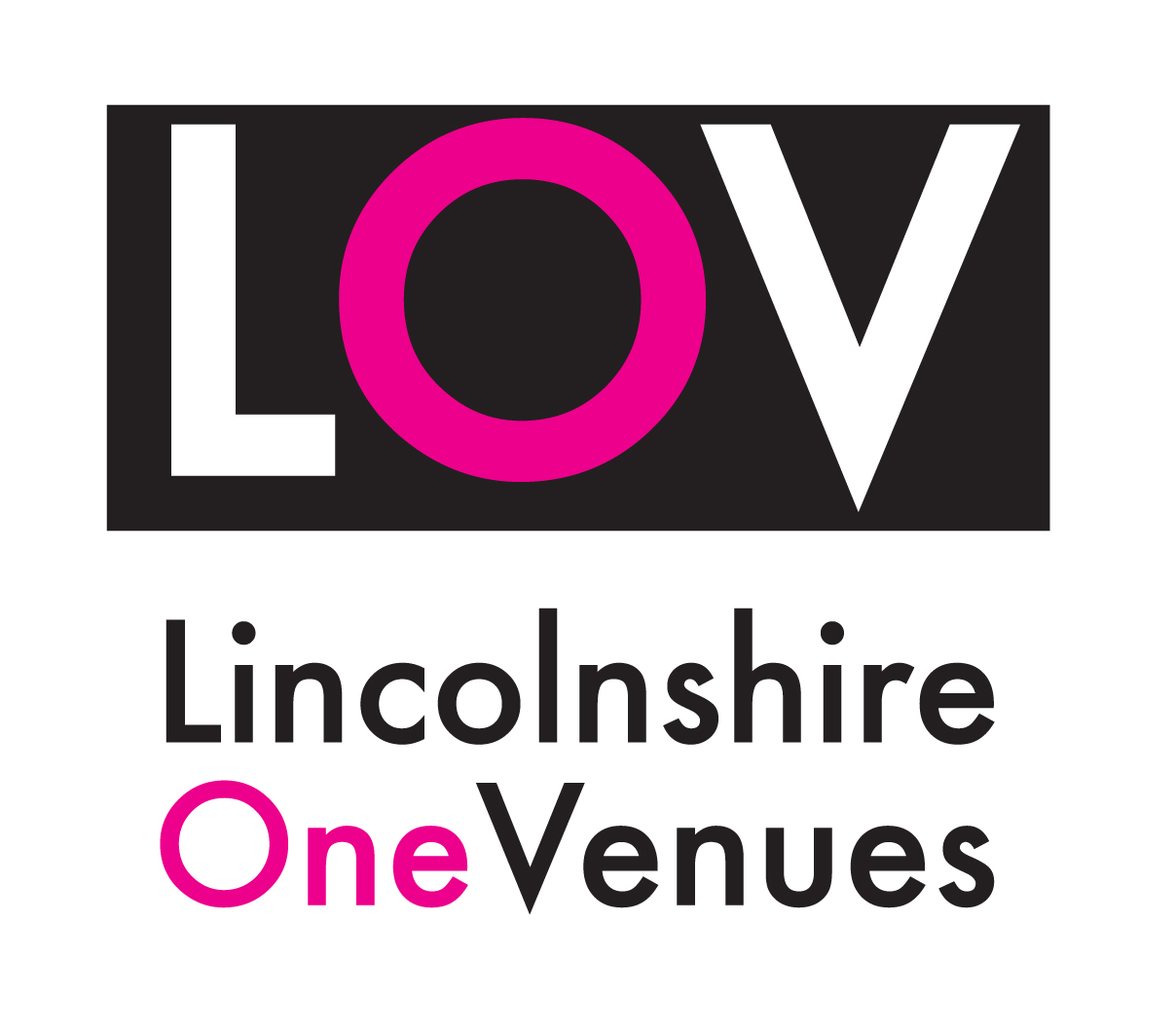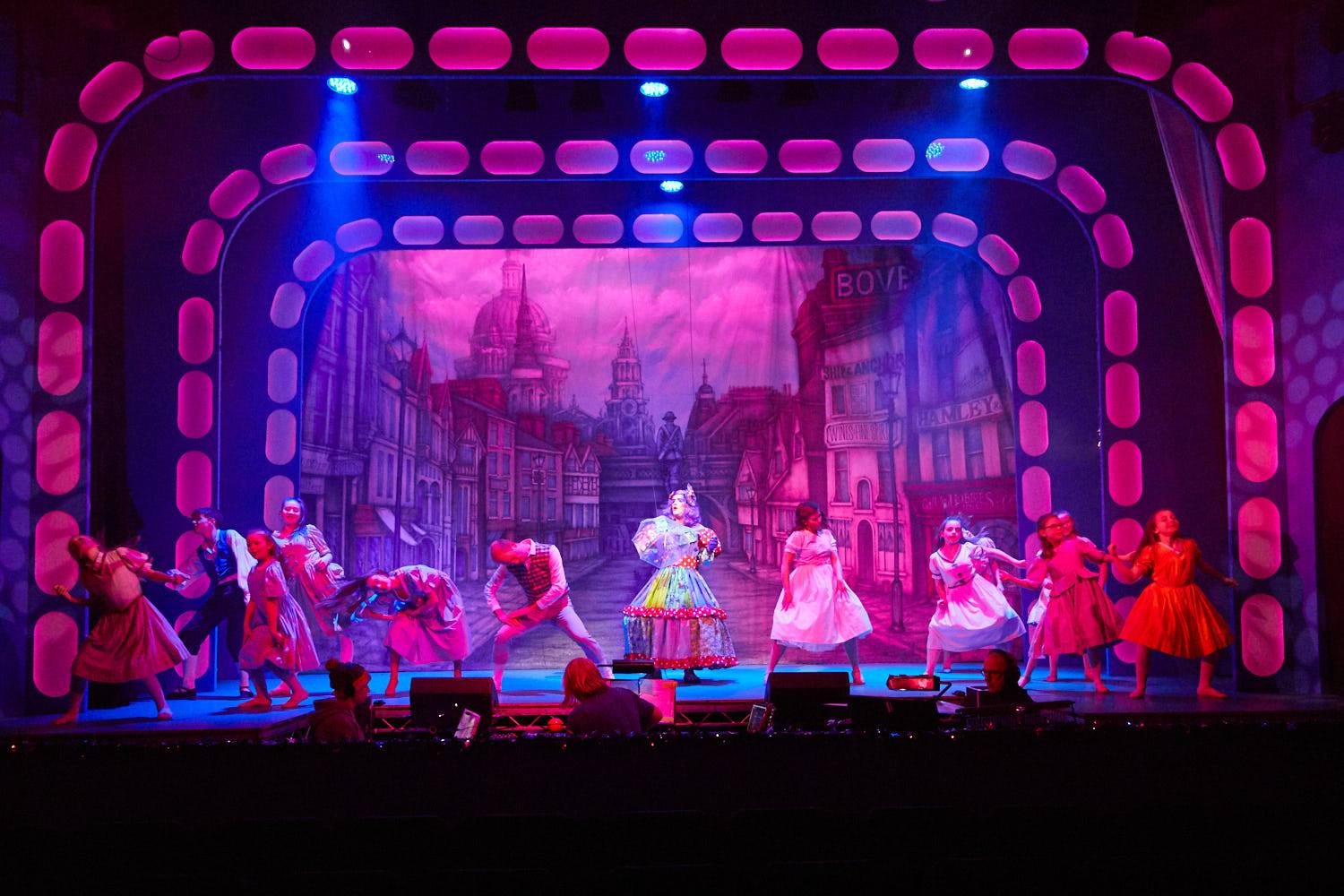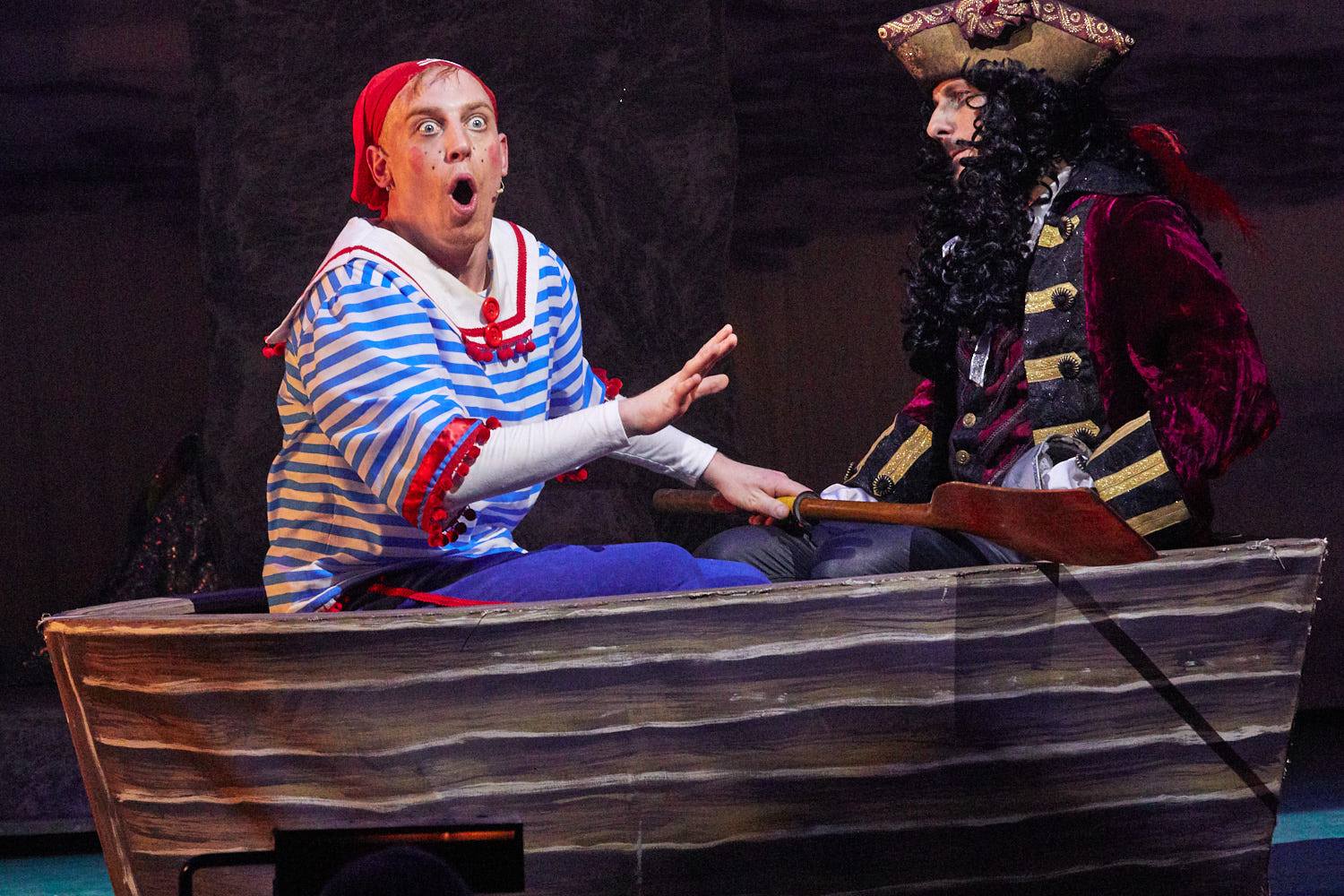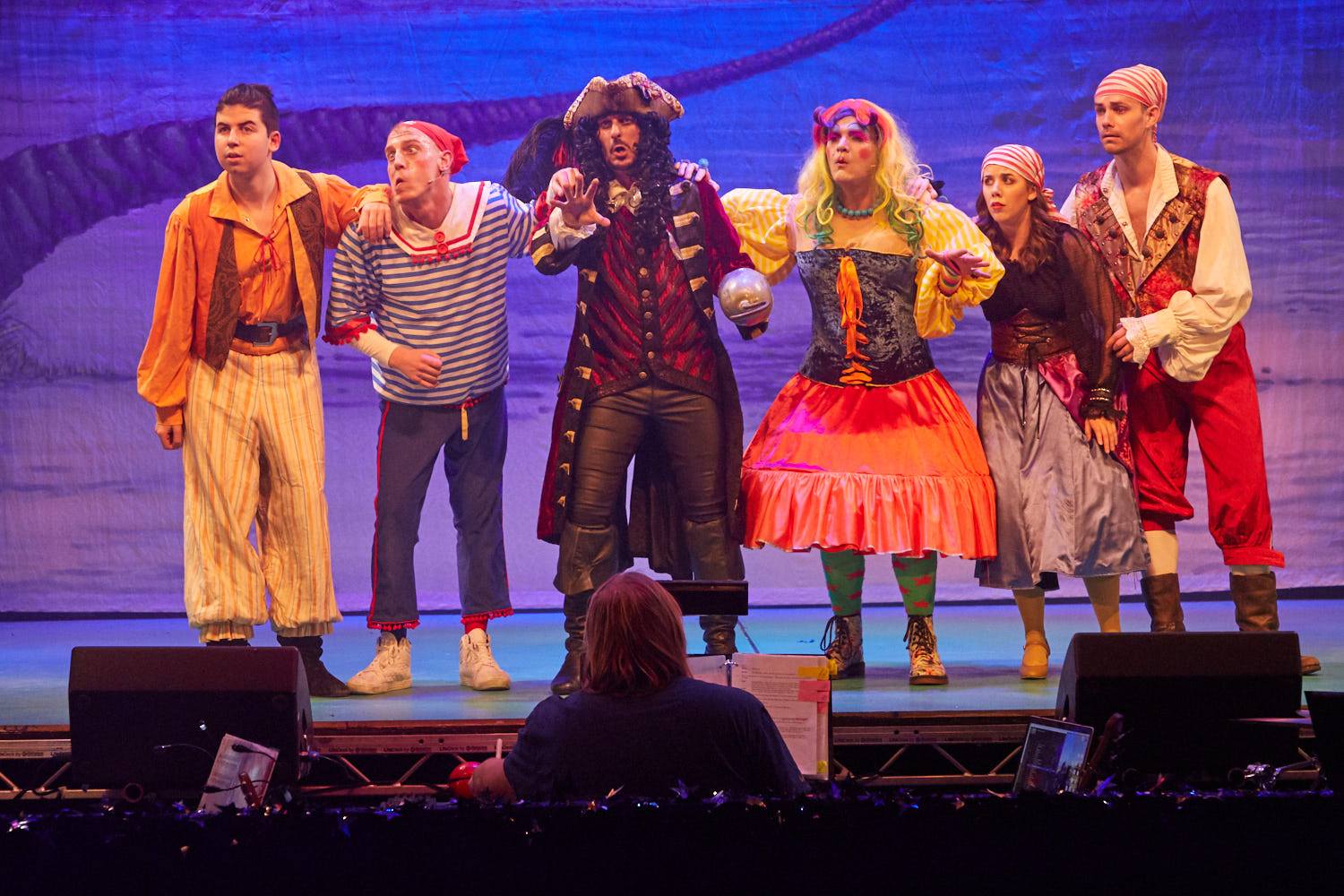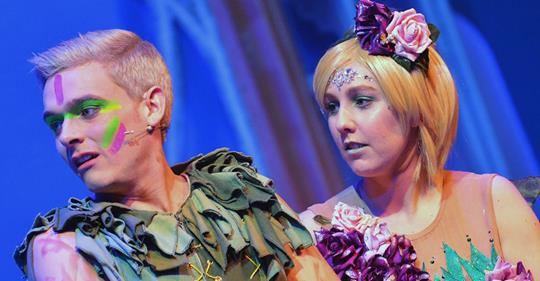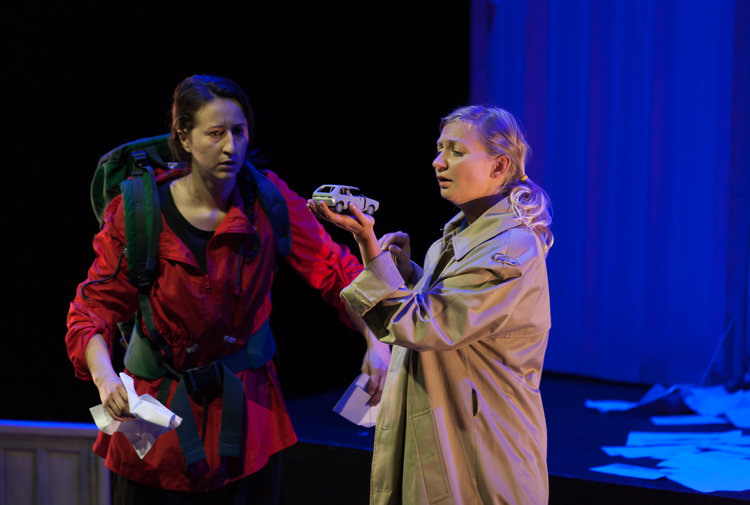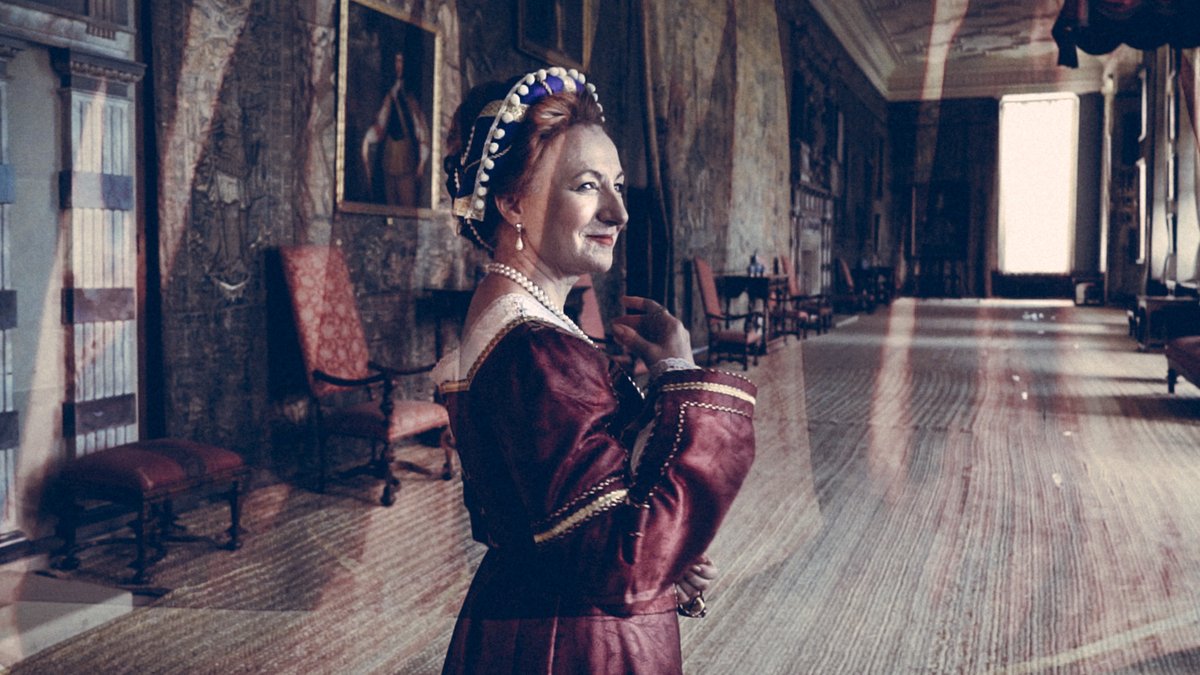It’s been several months since my last blog at the end of May. A moment in time when, despite being in the midst of the first national lockdown there was still a real sense of hope. Now, two months on from ultimately losing the battle to save Lincoln Drill hall from permanent closure, I feel in a place to perhaps deal with all that happened with a bit of distance.
However, it’s the end of the year and raking over the series of events we couldn’t affect is not something I want to dwell on. Instead, I’m so encouraged and positive about how the arts sector will eventually re-emerge stronger that instead, I wanted to share a story. It’s a personal one, about one of the formative experiences that made me so determined to make a career in theatre. This is about how I was in the 39th best Christmas show performed by children from Houghton on the Hill C of E Primary School.
I grew up about 6 miles from Leicester in a village called Houghton on the Hill. Just for clarity, pronounced Hoaton, not Howton, or Huffton or as my dear old Granddad used to pronounce it, Hooton. Hoaton.
The tradition at the village school was that the top year group each year would produce and present a Christmas show in the village hall. There’d be 1 performance for the rest of the school, who marched up from the school past the church obediently taking their seats in the hall. There’d be another matinee where residents from the village care homes would attend, and an evening performance for parents and the public.
The show was usually traditionally Christmassy and musical, taking well known Christmas stories that all the kids knew and loved, most of which were also staples of the panto circuit. So imagine our surprise when the show chosen for our year was Hip Hip Horatio. Yes, a musical all about the life of Admiral Nelson. ‘Hip Hip Horatio, Hip Hip Hooray, that’s what the people all say’, followed by jazz hands. I know.
I had the important role of ‘sailor/crew member/press gang recruiter.’ I’m not bitter, but I’d been away when the parts were divied up so never got a shot at Nelson. (I’m over it, honest).
I did though, get to deliver the opening lines solo, in front of the curtain at the start of the show. I was ready for it. I was so ready. On the opening performance to the school, all went well, but at the public show that evening, I stepped forward, took my stance and, as I was about to speak made the fatal error of looking at the front row of the audience where a bunch of older kids were sat making really rude faces and gestures. I’m afraid it made me giggle. Quite a lot. Only after a stern look from one of the adults supervising things did they stop and I calmed down to open the show. Luckily the rest of the performance went off without a hitch. The run was so popular that the unheard of happened. We were asked to do two extra performances during the Christmas holidays.
At the end of the run, the director and our teacher Mrs Chapman excitedly told us that this had been by far and away the best production that the school had put on and we should all be proud. We left on cloud nine. A few years later my brother got his turn to perform – in fact due to class sizes and his birthday being in September he got two goes. Imagine my horror when he proudly came home and announced that they’d been told that they’d just performed the best Christmas show ever presented by the school. Twice. And then a few years later, when my sister had her turn and did the same. By this point I was aware that something was up. Mrs Chapman was saying that every year. Damn it.
Hip Hip Horatio was in 1982 and I was 9 years old. By my maths, that means by Christmas 2020 we had performed the 39th best Christmas show at Houghton on the Hill C of E Primary School.
The buzz of being part of that show, the teamwork, the costumes and yes, the applause stayed with me and instilled a life-long love of theatre that remains undimmed to this day. It was a step to realising a desire to make theatre my career. It was so important.
And it is through memories such as this that I remain really hopeful for 2021 despite the hardship that has befallen the theatre sector and Lincoln Drill Hall during the pandemic. The sector is adapting. Artists and makers are being more creative than ever in getting work to audiences. I’m also hopeful that the Drill Hall will re-emerge. Not with us running it, but as a cultural asset for the people of Lincoln. There’s still loads to do in 2021, not least ensuring that whole generations of freelance makers and artists aren’t permanently lost, but let’s enter the year hopeful and with renewed vigour. Because somewhere there’ll be another 9 year old who’ll be preparing to be in the best show that their school has ever produced and will want to use it as a springboard into our industry.
Happy New Year.


